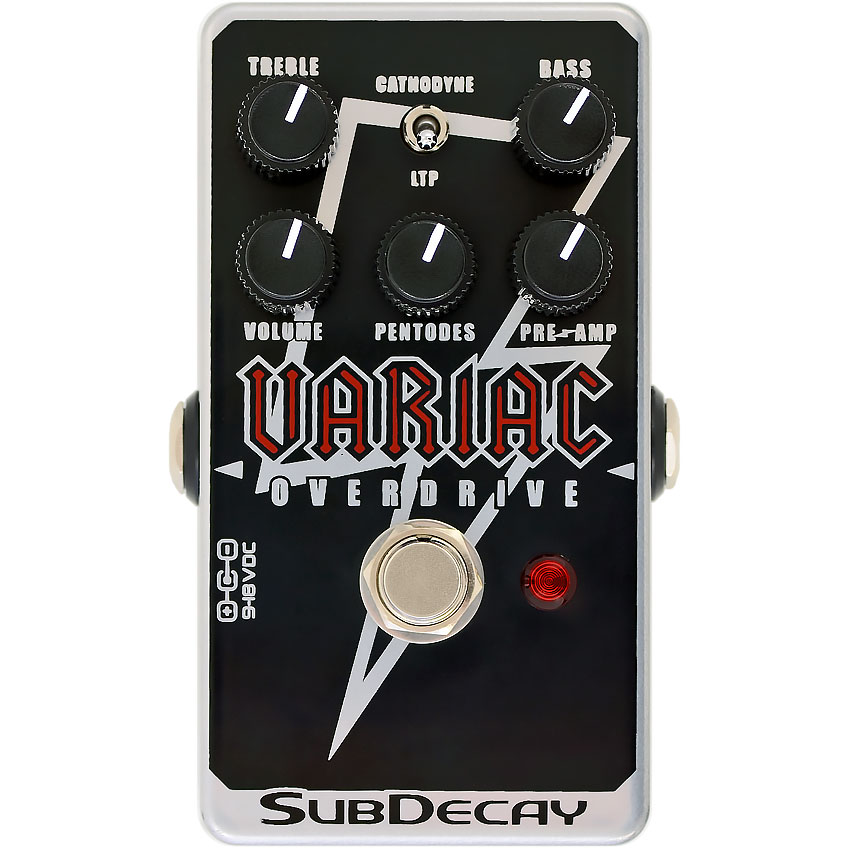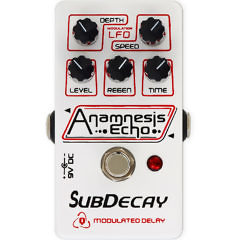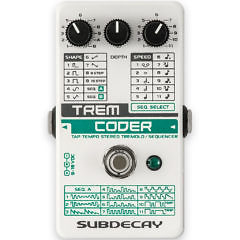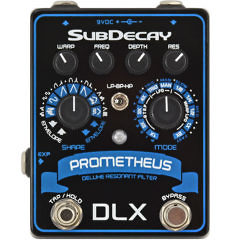Rock guitar tone has long been defined by overdriven tube amplifiers. Those tones have evolved over the years as amps were intentionally designed for more gain and a more focused overdriven sound.
You want those tones all the time, but we all live in the real world. You head out to a gig not knowing how loud you can play, whether you’re amp will be mic’d or how much of an amp you can even fit on the stage. Your practice space is tiny and even the drummer thinks you are too loud. And of course you need to practice without waking the neighbors on occasion. We get it. We’ve been there too.
The Variac Overdrive emulates both a hot-rodded tube preamp and a power amp with two phase inverter options. Chords sound huge, leads sing with clarity, and pinch harmonics come out with ease. The Variac Overdrive is an expressive overdrive pedal with the articulation and touch sensitivity of a tube amplifier. The controls are interactive along with “hidden” controls like the power supply. Dynamics and headroom are all affected by the power supply. Powering from 7.5 to 18 VDC opens up even more possibilities. More on the “hidden” controls below.
With tones ranging from AC/DC, early Van Halen, Judas Priest to Tom Morello and even 80’s hair sounds, the Variac Overdrive is more than another amp in a box. It places an entire era of rock tone at your feet. It’s based on tests of individual tube circuits, careful listening to some of our favorite rock and old school metal, and the topology of amplifiers the artists actually used.
The “hidden” controls:
These are not internal switches or knobs. No these are hidden plain sight.




